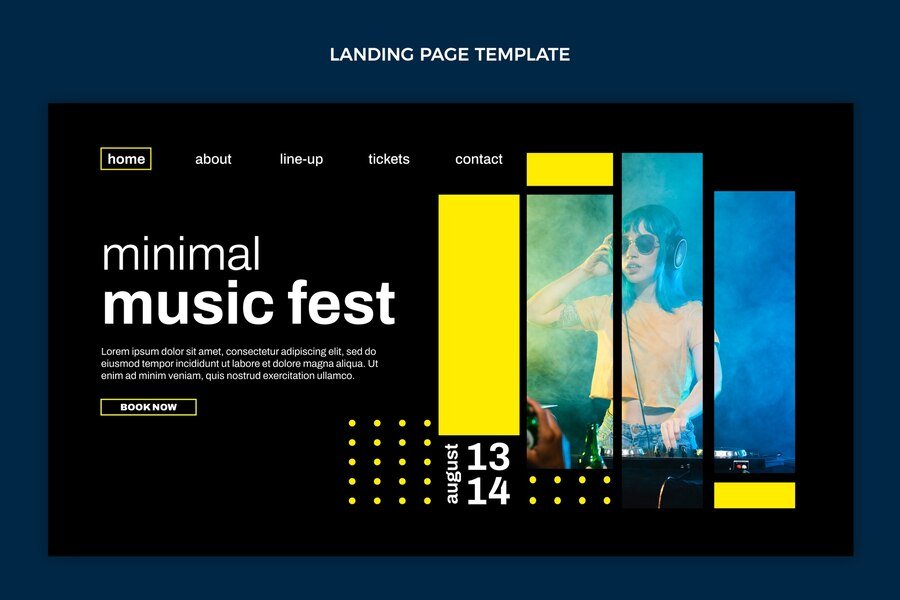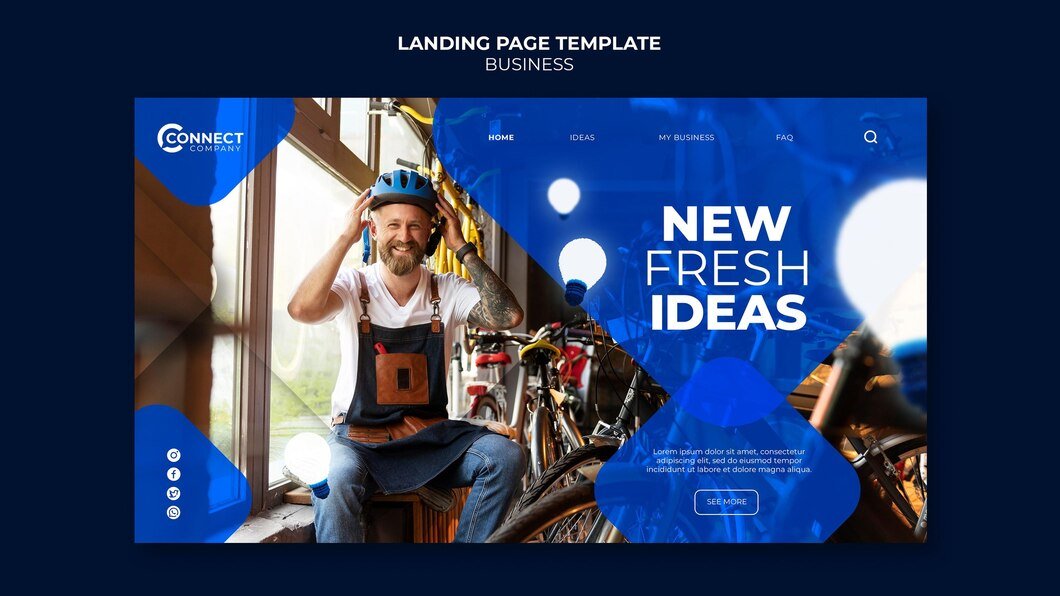Whiteboard animations are a powerful tool for conveying complex information in an engaging and visually appealing way. Their unique ability to capture attention and simplify complicated topics has made them popular in education, marketing, and various other fields. If you’re looking to create your own whiteboard animations, this step-by-step guide will take you through the entire process, ensuring your final product is both professional and captivating.
1. Planning Your Whiteboard Animation
Define Your Objectives
Before diving into the creation process, it’s crucial to define the objectives of your whiteboard animation. What message do you want to convey? Who is your target audience? Understanding your goals will guide your content creation and help you tailor your animation to your audience’s needs.
Research Your Topic
Thoroughly researching your topic is essential. Gather relevant information, statistics, and examples that will support your message. This research will form the foundation of your script and ensure your content is accurate and informative.
2. Crafting a Compelling Script
Outline Your Key Points
Start by outlining the key points you want to cover in your animation. Organize your ideas logically, ensuring a smooth flow of information. This outline will serve as a roadmap for your script.
Write a Clear and Concise Script
Your script should be clear, concise, and engaging. Use simple language and avoid jargon to make your content accessible to a broad audience. Aim to keep your script short and to the point – ideally, your animation should be between 2 to 3 minutes long.
Incorporate Storytelling Elements
Storytelling is a powerful way to engage your audience. Try to weave a narrative into your script, using characters, scenarios, or anecdotes that illustrate your key points. A well-told story can make your content more relatable and memorable.
3. Designing Your Visuals
Create a Storyboard
A storyboard is a visual representation of your script. It outlines each scene of your animation, showing the sequence of images and text. Creating a storyboard helps you visualize the flow of your animation and ensures that your visuals align with your script.
Sketch Your Drawings
Whiteboard animations typically feature simple, hand-drawn illustrations. Start by sketching your drawings on paper or digitally using a drawing tablet. Focus on creating clear, easily recognizable images that support your message.
Consider Using Digital Tools
While traditional whiteboard animations are drawn by hand, many digital tools can streamline the process. Software like Adobe Animate, VideoScribe, and Doodly offer features specifically designed for creating whiteboard animations. These tools can save time and provide a professional finish.
4. Recording Your Voiceover
Choose the Right Voice
Selecting the right voice for your animation is crucial. The voiceover should be clear, pleasant, and suited to your content. Consider hiring a professional voice actor if you want a polished result.
Practice Your Script
Before recording, practice reading your script aloud. This helps you become familiar with the pacing and ensures a smooth delivery. Pay attention to your tone and inflection to keep the narration engaging.
Record in a Quiet Environment
Ensure you record your voiceover in a quiet environment to minimize background noise. Use a quality microphone and recording software to achieve clear, professional audio.
5. Producing Your Animation
Syncing Audio and Visuals
Syncing your audio with your visuals is a critical step in creating a cohesive animation. Use your storyboard as a guide to align the voiceover with the corresponding images. Most animation software allows you to import audio tracks and adjust the timing of each scene accordingly.
Adding Transitions and Effects
Transitions and effects can enhance the flow of your animation and make it more dynamic. Simple transitions, like fade-ins and fade-outs, can help smooth the progression between scenes. However, avoid overusing effects, as they can distract from your message.
Review and Edit
Once your animation is assembled, review it carefully. Check for any synchronization issues, audio glitches, or visual inconsistencies. Make necessary edits to ensure a polished final product.
6. Enhancing Engagement
Use Color Strategically
While traditional whiteboard animations are black-and-white, incorporating color strategically can highlight key points and add visual interest. Use color sparingly to emphasize important information without overwhelming the viewer.
Incorporate Humor
Humor can be a powerful tool to engage your audience. Adding lighthearted elements or witty commentary can make your animation more enjoyable and memorable. Just ensure the humor aligns with your overall message and tone.
Include Calls to Action
If your animation is for marketing or promotional purposes, include a clear call to action (CTA). Whether it’s encouraging viewers to visit your website, subscribe to your channel, or purchase a product, a strong CTA can drive the desired response from your audience.
7. Optimizing for Different Platforms
Format and Resolution
Ensure your animation is formatted correctly for the platforms where it will be published. Consider the resolution and aspect ratio requirements of each platform to ensure your animation looks professional and clear on all devices.
SEO Best Practices
If you’re uploading your animation to video platforms like YouTube, optimize it for search engines. Use relevant keywords in your title, description, and tags to increase visibility. Write a compelling description that provides context and encourages viewers to watch your animation.
8. Promoting Your Animation
Share on Social Media
Promote your whiteboard animation on social media platforms to reach a broader audience. Share it on your business’s social media channels, and encourage employees and followers to share it as well. Engaging captions and hashtags can help increase visibility.
Embed on Your Website
Embedding your animation on your website can enhance your site’s engagement. Place it on relevant pages, such as blog posts, product pages, or your homepage, to provide valuable content to your visitors.
Email Marketing
Incorporate your whiteboard animation into your email marketing campaigns. Include a thumbnail image that links to the full animation, and use compelling copy to entice recipients to watch.
9. Analyzing Performance
Track Metrics
Use analytics tools to track the performance of your animation. Monitor metrics such as views, watch time, engagement, and shares to assess how well your animation is resonating with your audience.
Gather Feedback
Collect feedback from viewers to gain insights into what worked well and what could be improved. Use surveys, comments, and direct feedback to understand your audience’s preferences and make informed decisions for future animations.
Make Improvements
Based on the performance data and feedback, make necessary improvements to your current animation and apply these learnings to future projects. Continuous improvement will help you create increasingly engaging and effective whiteboard animations.
Conclusion
Creating engaging whiteboard animations involves careful planning, creative scriptwriting, skilled drawing, and professional production. By following this step-by-step guide, you can produce animations that captivate your audience and effectively convey your message. Whether you’re using whiteboard animation for education, marketing, or entertainment, the key to success lies in clear communication, compelling visuals, and a deep understanding of your audience’s needs.
Whiteboard animation is a versatile and powerful tool that, when done right, can significantly enhance your content strategy. By leveraging the unique strengths of this medium, you can create memorable and impactful animations that stand out in a crowded digital landscape.













